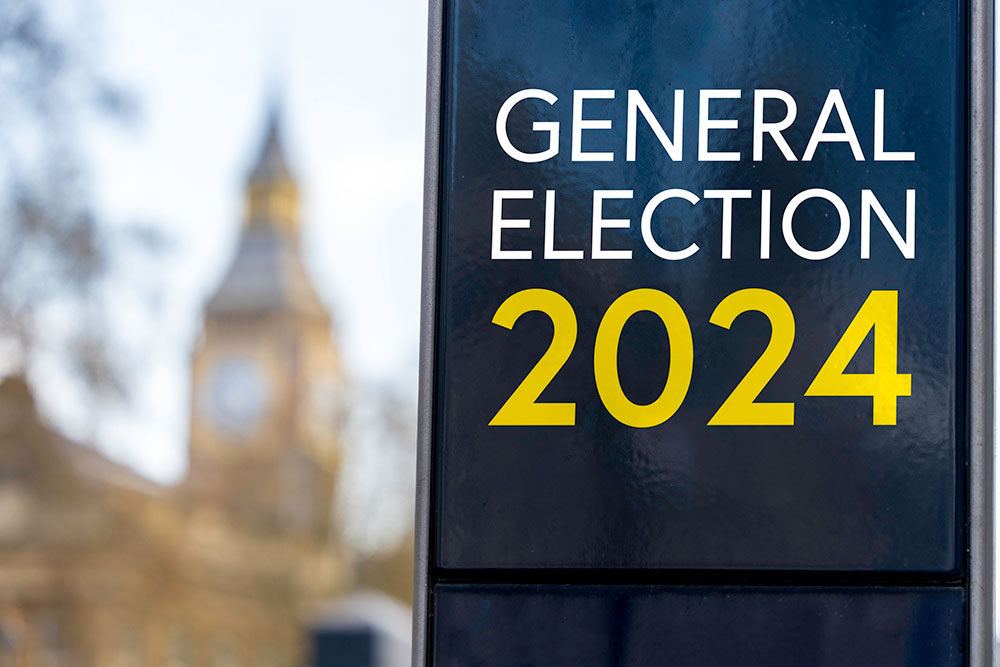Market Update – June 2024
The UK economy and political landscape experienced some important developments in June. The country elected a Labour government on 4 July, with markets largely calm and welcoming of the change of the guard. Recent inflation figures have lowered hopes for an immediate interest rate cut. Meanwhile, Western stock markets continue to boom.
Polling day and the aftermath
Polling day has come and gone. A new Labour government has emerged, winning 411 out of 650 seats. Political uncertainty has beguiled the UK for many years, so a reintroduction of stability removes one of the key risks around UK equities.
The outcome of 4 July could have significant implications for many policy areas, including housing, taxation, foreign affairs and the economy itself. However, as Prime Minister Starmer still assembles his cabinet and policy agenda, the details are still forthcoming.
Markets appear calm as Keir Starmer takes the helm as prime minister. Historically, markets have had a mixed reaction to general elections. So, it is unwise to try to “time the markets” with predictions about what may happen to equities, bonds and other assets.
Inflation and interest rates
The UK’s headline rate of inflation is now sitting at the Bank of England (BoE) target of 2%. This marks the lowest change in the Consumer Price Index (CPI) since July 2021. This has led some to cautiously predict that the Cost of Living crisis may be near its end.
However, the Bank of England met recently in June and decided to keep interest rates at 5.25%—a level maintained since August 2023. While this is arguably good news for savers who can continue enjoying higher regular savings rates, it has been less welcomed by homeowners nearing the end of their fixed-term mortgages.
A closer look at the inflation data helps explain the Bank’s decision. Whilst the headline rate is at 2%, “core” inflation remains at 4.2%. Inflation for services (arguably the most important aspect of UK inflation) is also stubbornly stuck at 5.9%, with much of this attributed to UK wage growth.
The Bank has stated that it wants to see clear signs of falling wage growth before it cuts interest rates. However, this may only fall to 5.25% by the end of the year.
The UK Market
The FTSE 100 largely held its overall value in June despite short-term fluctuations. The FTSE 250 (its cousin) has fallen slightly. This follows a strong stock market rally in May when firms and investors raised hopes amidst encouraging new economic data (e.g. GDP growth).
Many analysts are vocalising more positive sentiments about the UK market due to favourable factors converging in 2024. British stocks are “cheap” in absolute and relative terms, measured both against global competitors and their own history. Operational performance has been strong for UK companies, but this has not translated into price appreciation.
This has led many overseas investors to circle around UK firms for mergers and acquisitions (M&As) in small and mid-sized stocks. Business confidence may be rising as Britain shakes off the “uncertainty years” of Brexit and stronger manufacturing activity takes hold in June.
The UK election seems to have been less divisive than in the USA, with both Labour and the Conservatives positioning themselves as largely friendly towards capital markets – e.g. both have agreed to move ahead with the upcoming “British ISA”.
The Global Outlook
The S&P 500 in the USA has continued its upward climb in June, hitting a record high at the 5,500-point mark. The NASDAQ has performed even better, beating its previous all-time high of 17,000 in May (standing at 17,858.68 at the time of writing).
Similar to the Bank of England, the Federal Reserve held interest rates in June despite falling US inflation. Fed officials cited economic uncertainty as a big reason for their decision. Markets were largely unsurprised and undisturbed by the news.
The outlook for GDP growth remains stronger for the US than the UK, with forecasts for 2024 standing at 2.6% (compared to the UK’s 1%). This is partly explained by a particularly strong US jobs market, which helps push aggregate demand via consumer spending.
In early June, European shares got off to a strong start in anticipation of an ECB (European Central Bank) rate cut. Accordingly, this occurred on 6 June, with the ECB delivering a “hawkish” reduction in interest rates by 25 basis points. GDP growth in the eurozone is now forecast at 0.9% for 2024.
The Asia Pacific region has been heavily impacted by negative events affecting Chinese exports. The European Commission followed the US by announcing extra duties on electric cars from China, effective in July. Even the Global South seems to be falling out with China, with countries such as Mexico, Brazil, Turkey and Chile also imposing steep tariffs.
Please don’t hesitate to contact a member of the team for more information on any of the topics covered.












